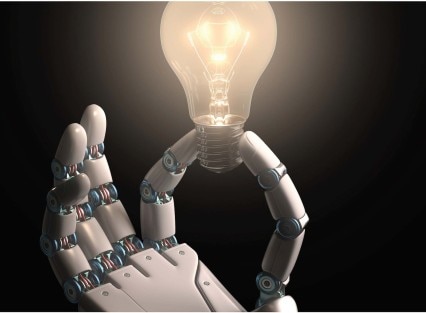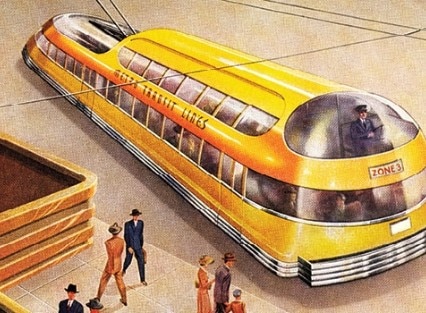One thing that’s different about my daily inbox over the past four years is that the informational emails are more and more filled with stories about disruptive innovation and even more excitingly, about the disruptive innovations that we’ve highlighted in past Citi GPS reports. Whether it be 3D printing, virtual reality gaming, immunotherapy or digital banking, disruption and accelerating technological change is increasingly part of our everyday conversation.
So where is all of this innovation happening? With innovation clusters scattered throughout the world, in places like Silicon Valley, Boston, London, Stockholm, and China we wanted to see if there was a recipe for success that other regions could follow. In the first chapter of the report, we look at the factors affecting different regions and find that the majority of the successful clusters thrive in an open, global environment where knowledge sharing is at the core of their activities.
In our new report, we once again look at some of the newest concepts across sectors and identify new products which could potentially disrupt the marketplace. Some of the concepts are familiar, i.e. big data, robotics and on-line retailing, but the application of these concepts is very different than in the past. Big data is playing a significant role in the energy sector and being used across the entire energy value-chain, from finding energy faster and producing it more inexpensively in the upstream, to more customized energy at the downstream user level. Robots are not just being built and utilized in the automotive industry, but are now being produced with open source software which will boost collaborative development and potentially shifts the use of robots in a much wider range of end markets. And in retail, beyond the shift from physical retail to online retail, we are now exploring direct-to-consumer marketplace for fashion where consumers can order direct from the manufacturer and bypass the retailer. Contextual Commerce is also changing the nature of e-commerce by introducing content and intent to the online experience and could lower the rate of online shopping cart abandonment.
Immunotherapy was the newest disruptive treatment for cancer treatment but now epigenetics are being developed to increase the effectiveness of immunotherapy as well as become another tool in a doctor’s cancer toolbox. Doctor’s will also be helped by new delivery systems for the eye – next gen ocular drug delivery – which increase effectiveness of eye treatments and the ease of delivery. New innovations in smart box technology to create Home Hubs and innovations in screen materials that will allow mobile phones to move away from their current shape and potentially have no shape are both looked at in the pages that follow. Finally, we look at new advances in subsea pipes that will reduce the cost of deepwater drilling and new developments in wideband semiconductors which will increase performance with every smaller sized devices.
Can’t wait for these to hit my inbox!
Disruptive Innovations IV
Ten More Things to Stop and Think About
Every morning my inbox is filled with a mixture of emails – request emails that require me to take action and informational emails to keep me up to date about what’s new in the world. My strategy with request emails is the same as my strategy playing tennis – when one comes into my court the best thing to do is to reply quickly and ‘get it back over the net’ into the senders court. But the information emails are different. Sometimes they’re read right away, sometimes they’re skimmed and deleted and sometimes they’re read and filed. Whatever happens to those emails, the information in them gets tucked somewhere in my brain.
Click here to view the report in full.
Subscribe to Citi GPS
Keep up to date with our latest insights.
Sign up to receive the latest news from Citi.
Select Preferences


